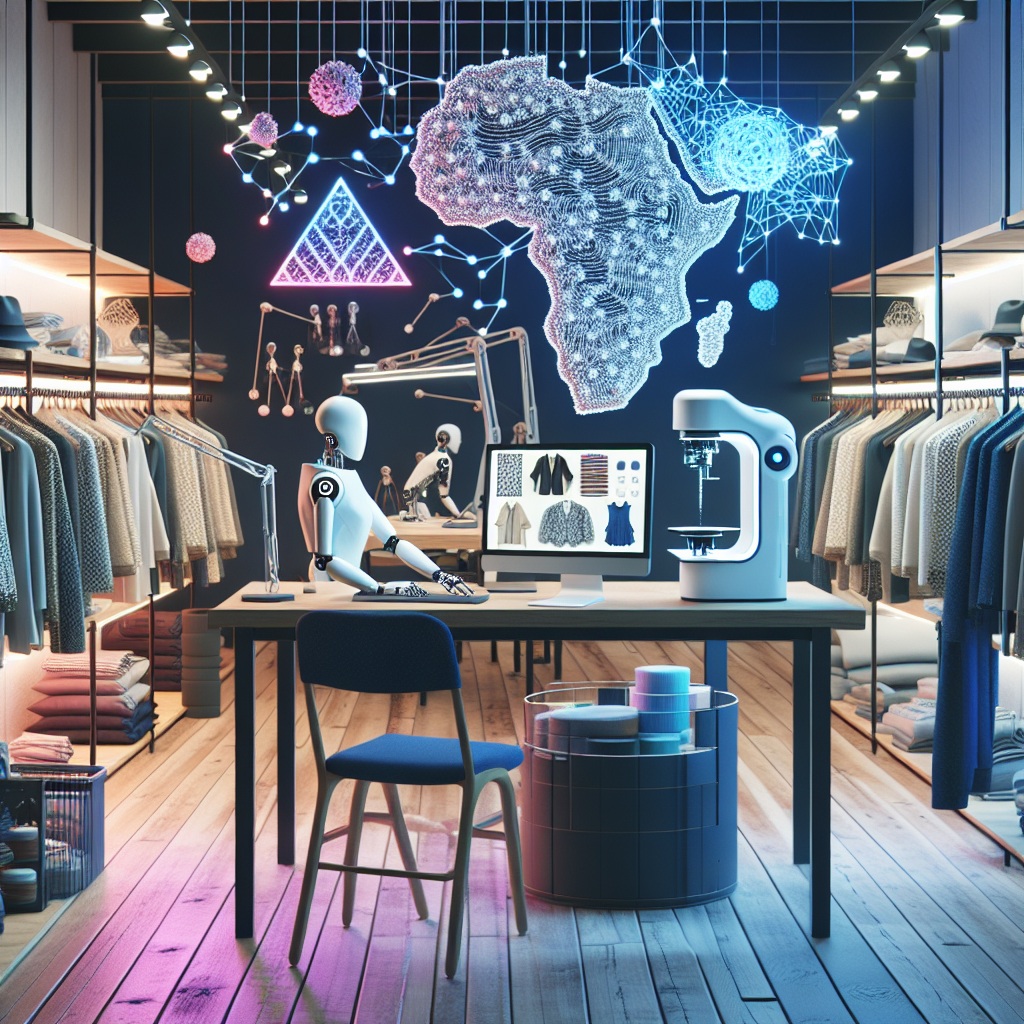The Intersection of AI and Sustainable Fashion
The fashion industry is one of the largest contributors to environmental pollution and waste. From the production of clothing using harmful chemicals to the disposal of clothing in landfills, the fashion industry has a significant impact on the environment. As consumers become more aware of the environmental impact of their purchases, there is a growing demand for sustainable fashion options.
Artificial intelligence (AI) has the potential to revolutionize the fashion industry and make it more sustainable. By using AI technologies, fashion companies can improve their production processes, reduce waste, and create more environmentally friendly products. In this article, we will explore the intersection of AI and sustainable fashion and how it is changing the way we think about clothing.
How AI is Changing Fashion
AI is already being used in various aspects of the fashion industry, from designing and manufacturing to marketing and retail. One of the key ways AI is changing fashion is through the use of data analytics. By analyzing data on consumer preferences, trends, and sales, fashion companies can better understand their customers and create products that are more likely to be successful.
AI is also being used in the design process to create more sustainable clothing. By using AI algorithms, designers can optimize patterns and reduce waste in the production process. For example, AI can analyze patterns and recommend changes that will reduce the amount of fabric needed to create a garment, thereby reducing waste.
In addition, AI is being used to improve the efficiency of the manufacturing process. By using AI-powered robots and machines, fashion companies can reduce the amount of energy and resources needed to produce clothing. This not only reduces the environmental impact of production but also lowers costs for the company.
AI is also being used in the retail sector to improve the shopping experience for customers. By using AI-powered recommendation engines, fashion retailers can suggest products to customers based on their preferences and past purchases. This not only helps customers find clothing they like but also reduces the amount of time they spend searching for products, which can help reduce environmental impact.
Overall, AI is changing the fashion industry in a variety of ways, from design to production to retail. By using AI technologies, fashion companies can create more sustainable products, reduce waste, and improve the customer experience.
The Benefits of AI in Sustainable Fashion
There are several benefits to using AI in sustainable fashion, including:
1. Reduced waste: By using AI algorithms to optimize patterns and production processes, fashion companies can reduce the amount of waste generated during production. This not only reduces the environmental impact of production but also lowers costs for the company.
2. Improved efficiency: AI-powered robots and machines can improve the efficiency of the manufacturing process, reducing the amount of energy and resources needed to produce clothing. This can help fashion companies lower their carbon footprint and operate more sustainably.
3. Enhanced customer experience: By using AI-powered recommendation engines, fashion retailers can provide customers with personalized product suggestions based on their preferences and past purchases. This not only helps customers find clothing they like but also reduces the amount of time they spend searching for products, which can help reduce environmental impact.
4. Faster innovation: AI can help fashion companies analyze trends and consumer preferences more quickly, allowing them to create products that are more likely to be successful. This can help companies stay ahead of the competition and create more sustainable products that meet the needs of consumers.
FAQs
Q: How can AI help fashion companies reduce waste in production?
A: AI algorithms can analyze patterns and production processes to optimize them for efficiency, reducing the amount of waste generated during production.
Q: How can AI improve the efficiency of the manufacturing process?
A: AI-powered robots and machines can automate tasks and improve the efficiency of the manufacturing process, reducing the amount of energy and resources needed to produce clothing.
Q: How can AI enhance the customer experience in fashion retail?
A: AI-powered recommendation engines can provide customers with personalized product suggestions based on their preferences and past purchases, making it easier for them to find clothing they like.
Q: How can AI help fashion companies innovate more quickly?
A: AI can help fashion companies analyze trends and consumer preferences more quickly, allowing them to create products that are more likely to be successful and meet the needs of consumers.
In conclusion, the intersection of AI and sustainable fashion is changing the way we think about clothing. By using AI technologies, fashion companies can reduce waste, improve efficiency, enhance the customer experience, and innovate more quickly. As the fashion industry continues to evolve, AI will play an increasingly important role in creating a more sustainable and environmentally friendly future.

